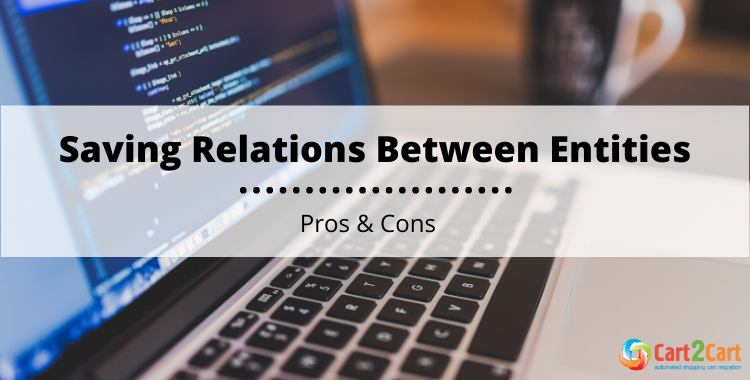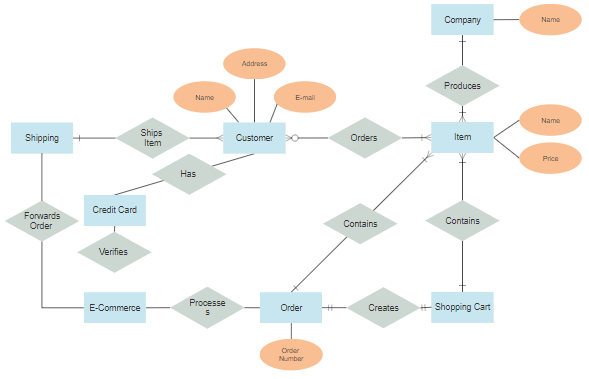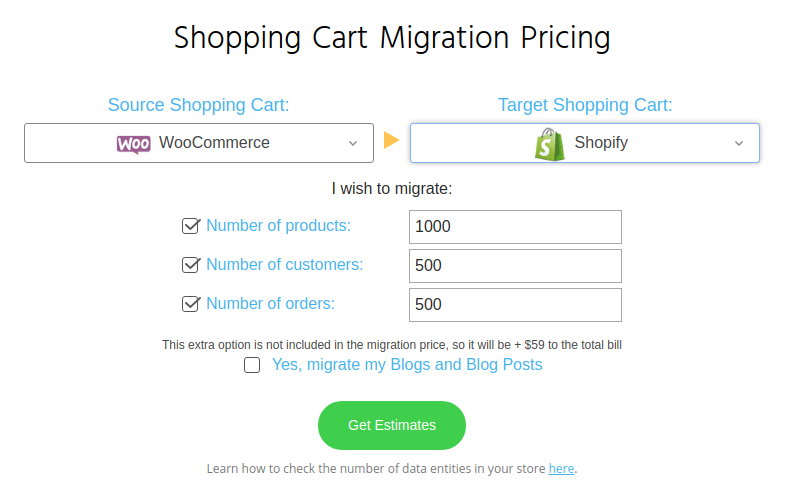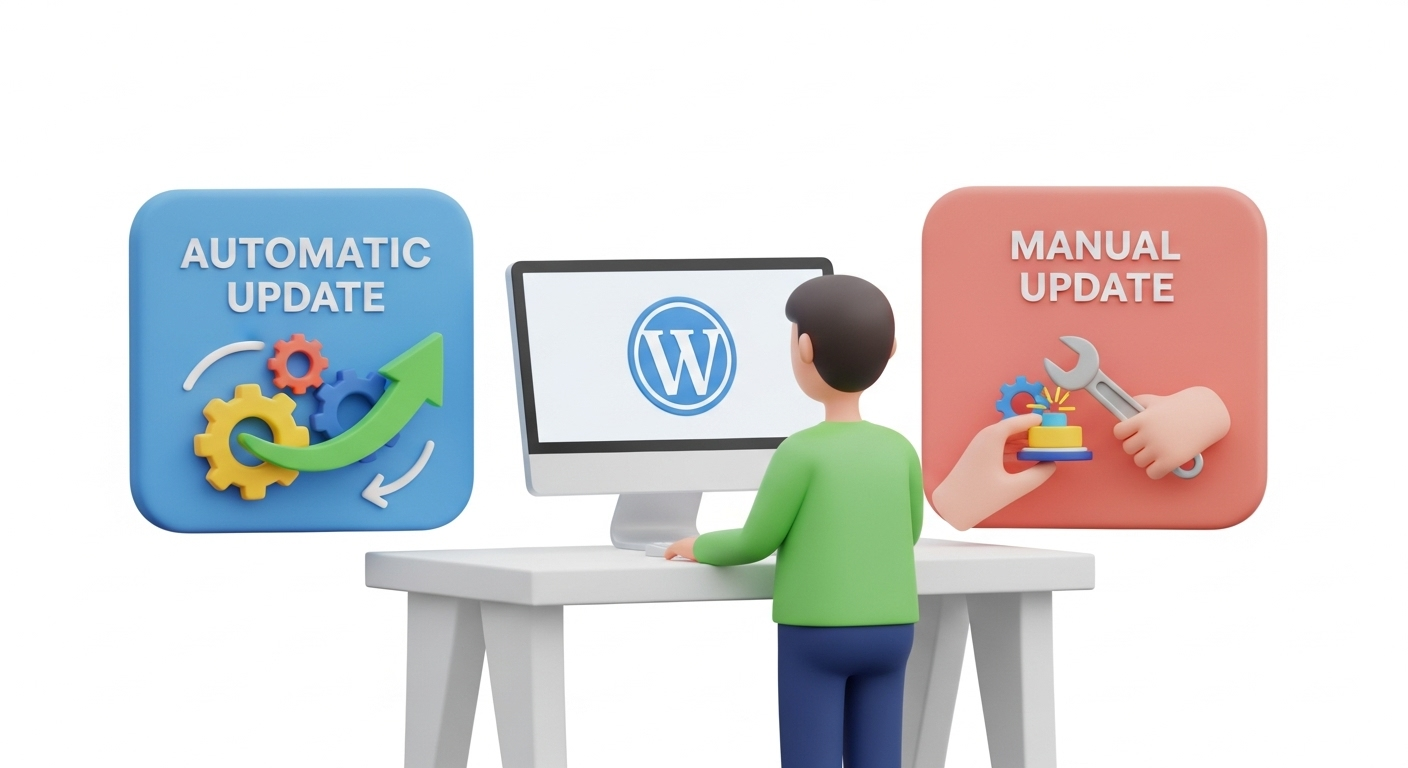
The eCommerce world is overwhelmed with a great variety of platforms, such as Shopify or WooCommerce, that will suit every taste and budget. This fact has turned the solution switch into an ordinary online activity since merchants are in a constant search of a perfect e-cart with maximum functionality. An automated migration service aims at making the store transfer as smooth and straightforward as possible. To achieve that, users must follow some rules and recommendations. In today's post, we would like to explain how to preserve relations between the entities of your new store. Besides, you will find some useful tips on how to benefit from saving or breaking connections between database tables of an online shop.
At first, let's explain the notion of preserving relations between entities, including products, customers, orders, etc.
Ready to Migrate Your Store with Ease?
Whether you’re looking to preserve the relationships between your entities or break them for a fresh start, Cart2Cart gives you full control over your migration. Get started today and transfer your products, customers, and orders seamlessly. If you're still unsure about how to optimize your migration, our team is here to guide you every step of the way.
TRY IT FREE
Every online store has items that belong to some specific pages, sections, etc. For example, a single order has order details that are connected to the order ID, customer ID, product quantity, price, discount, etc. Preserving these IDs can be crucial. For more information, check our guide on preserving IDs after migration. These simple connections create an entity-relationship diagram, that shows the business relations which apply to an organization's data.

Pros of Saving Relations Between Entities
In case you wish to save the logical structure of your store and preserve relations on a Target Cart, all the entities should be moved at once. The new order page will link to the new product pages, and customers will be able to view their orders without any modifications. To ensure a smooth transition, explore our post-migration tips. Also, a store owner will have an opportunity to manage orders in a new store with no delays. However, if you've migrated products with customers at once, but orders were transferred separately, the relations will be lost.
Useful Tip. If your entities are transferred all-at-once, the relations between the data items will be preserved on a Target Store.

Pros of Breaking Relations Between Entities
Sometimes, there is no need to preserve connections between the store's data. The reasons for that are different: from launching a completely new online retailer with old customers to creating a new accounting system for a new store. As an example, a business owner may start a new store from scratch with entirely different products. That means there is no point in migrating products from the Source to the Target cart. But, at the same time, it is essential to transfer customers.
Moreover, breaking relations can help merchants save money since the price of a transfer is calculated in depending on the number of entities that you wish to move. Therefore, the fewer items you've selected - the less money you will need to pay.

Useful Tip. Using additional option called Preserve customer IDs on a Target Store can ease the post-migration store management.
To sum up, now you know how to manage the migration process and make it more budget-friendly. So, dispel all doubts that hold off your desirable switch to a new platform. Register now, and move your entities saving or breaking relations between them.
Monthly Update – December 2025
As the year 2025 draws to a close, the focus in eCommerce data migration shifts towards preparing for the next wave of retail innovation. For December, a key trend is the seamless integration of AI-powered analytics and personalized marketing platforms post-migration. Preserving intricate entity relationships—such as linking customer demographics with purchase history, product preferences, and abandoned cart data—is more critical than ever. This precise data transfer ensures that new AI tools can immediately leverage historical insights, enabling highly targeted campaigns and dynamic pricing strategies from day one on your new platform.
Another significant consideration for migrations occurring in December 2025 is the increasing regulatory landscape around data privacy, particularly concerning customer information. Ensuring that your migration strategy includes robust mechanisms for anonymizing sensitive data while still maintaining essential relationships for analytical purposes is paramount. Automated migration services, when configured correctly, can facilitate this delicate balance, safeguarding compliance while maximizing the utility of your customer and order data. A successful year-end migration sets the stage for a data-driven, compliant, and highly personalized customer experience in the coming year.
For more details, explore our FAQ section or schedule a call with a migration expert.





